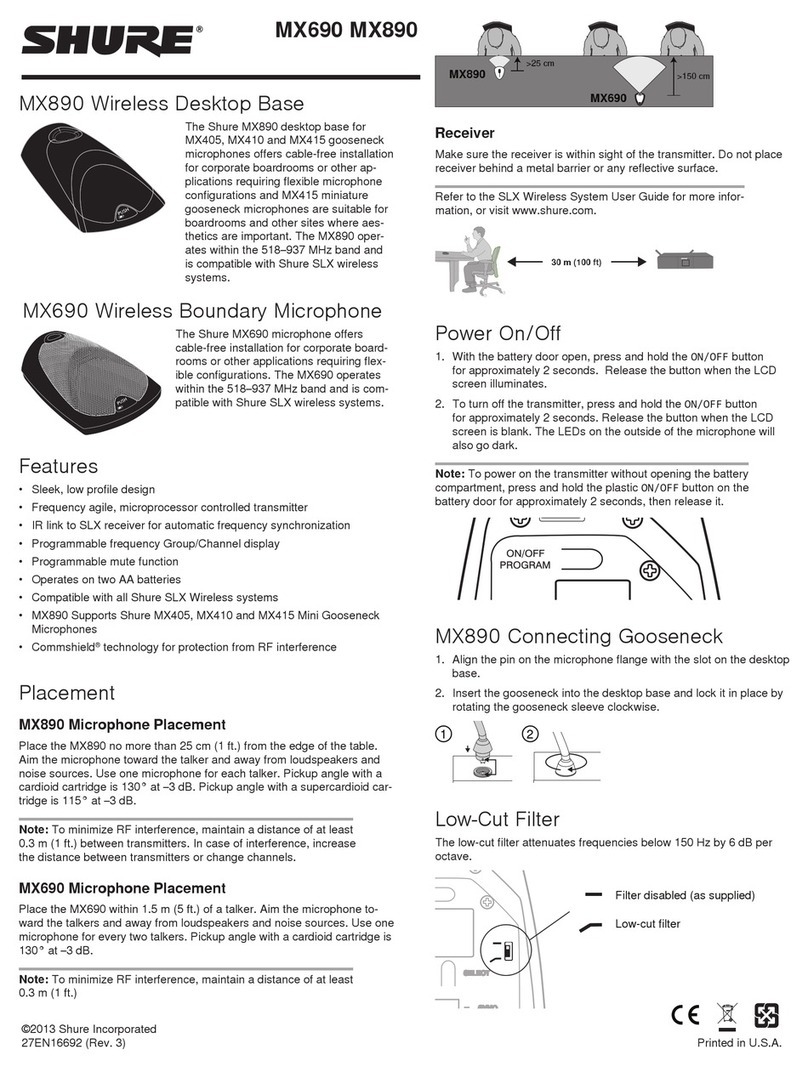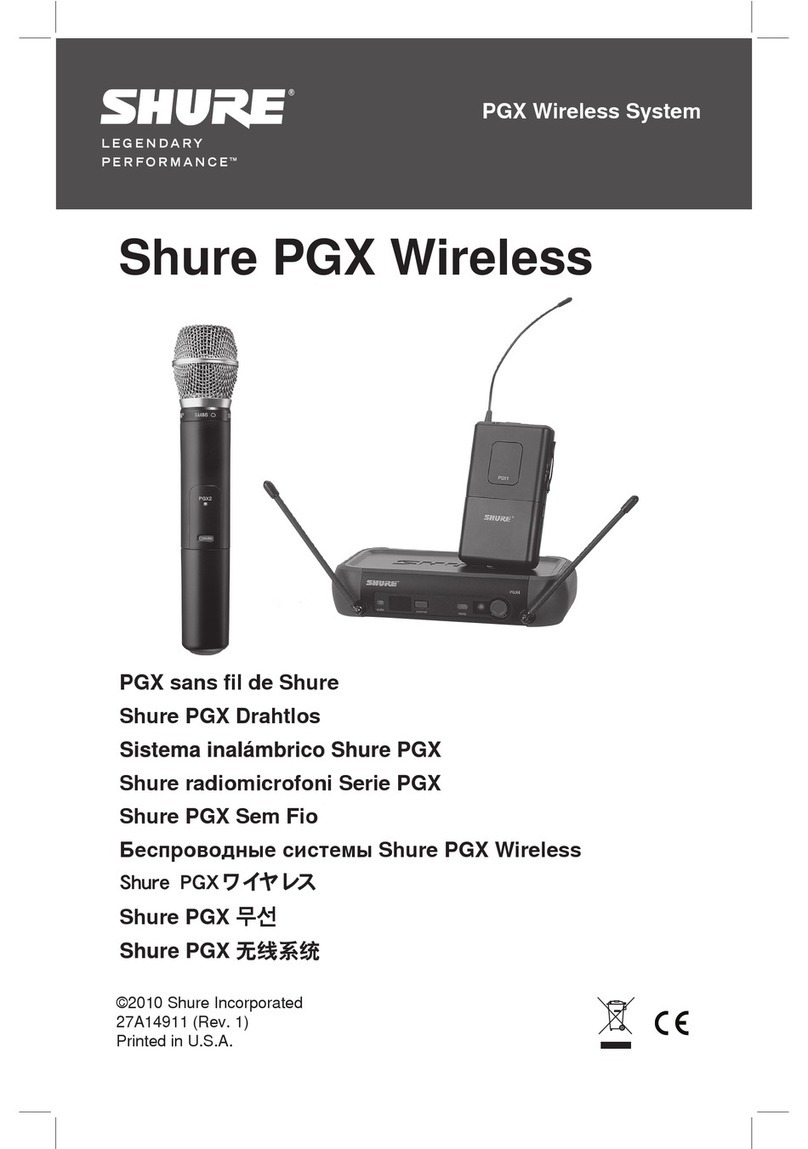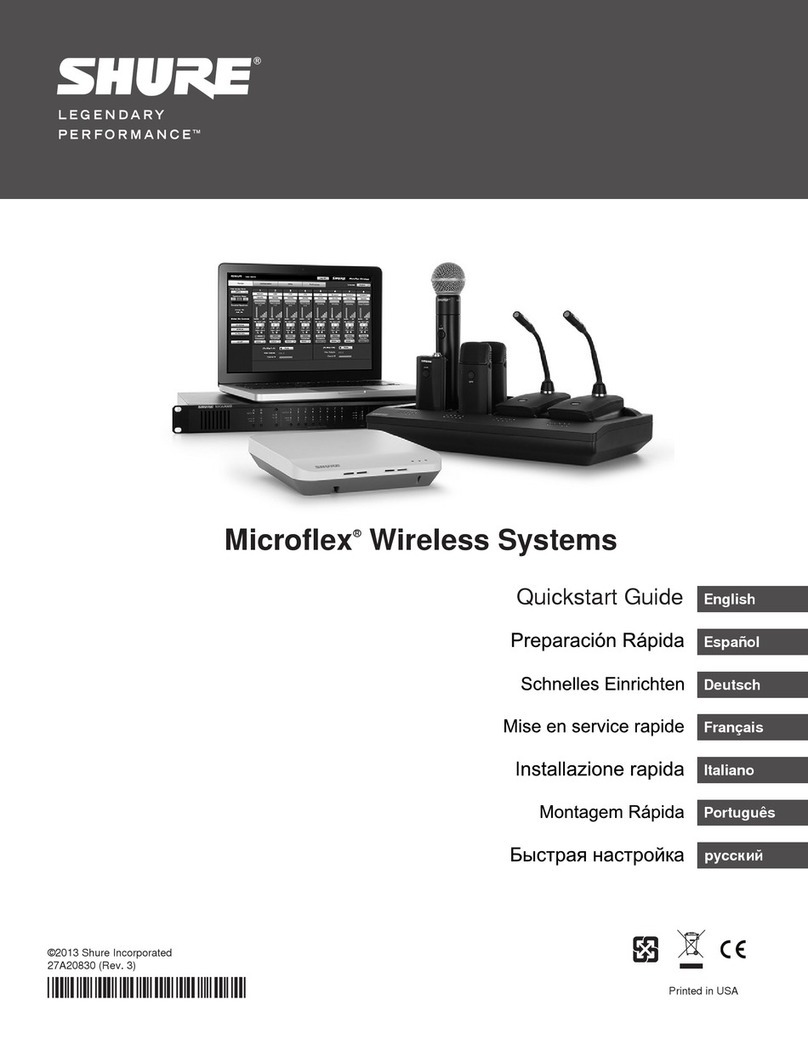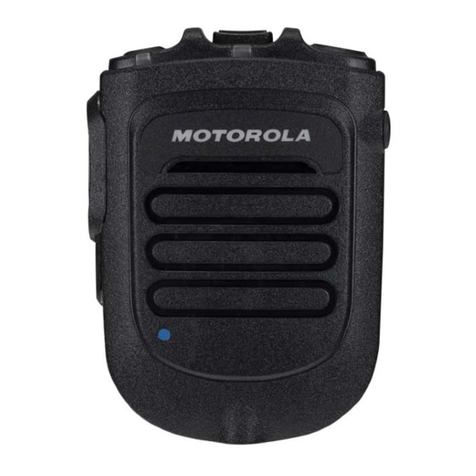Shure LX Wireless System User manual
Other Shure Microphone System manuals
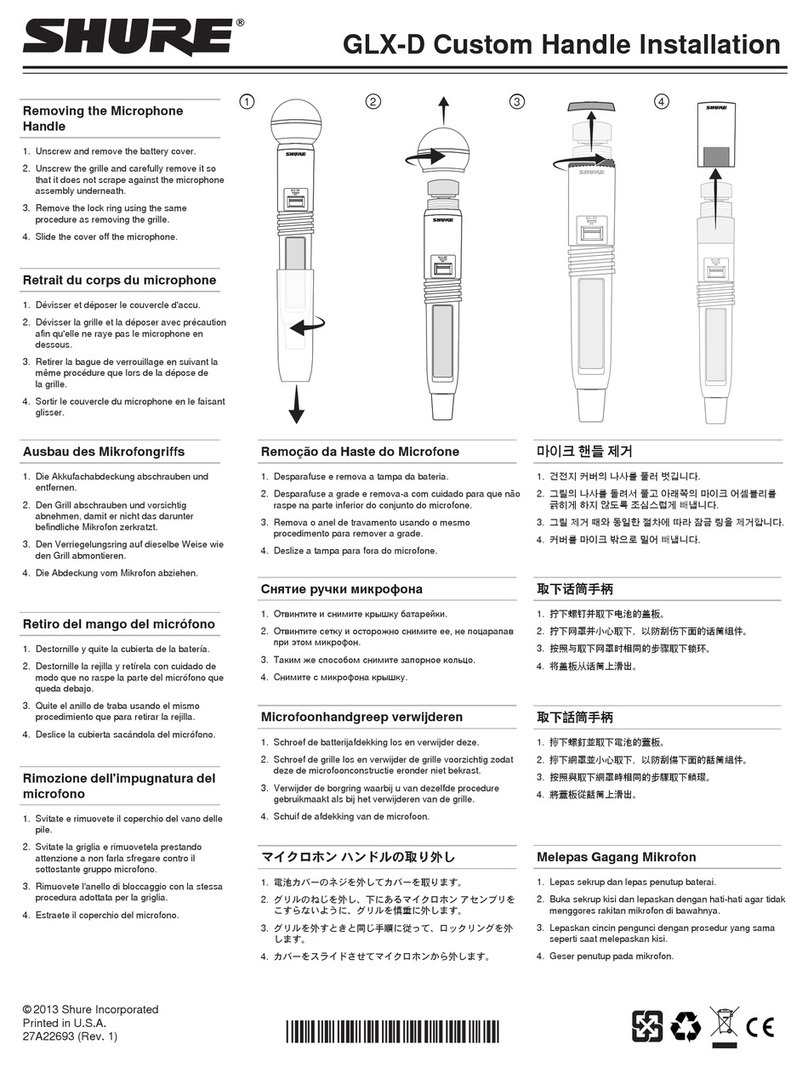
Shure
Shure GLX-D User manual

Shure
Shure AMS4000 User guide
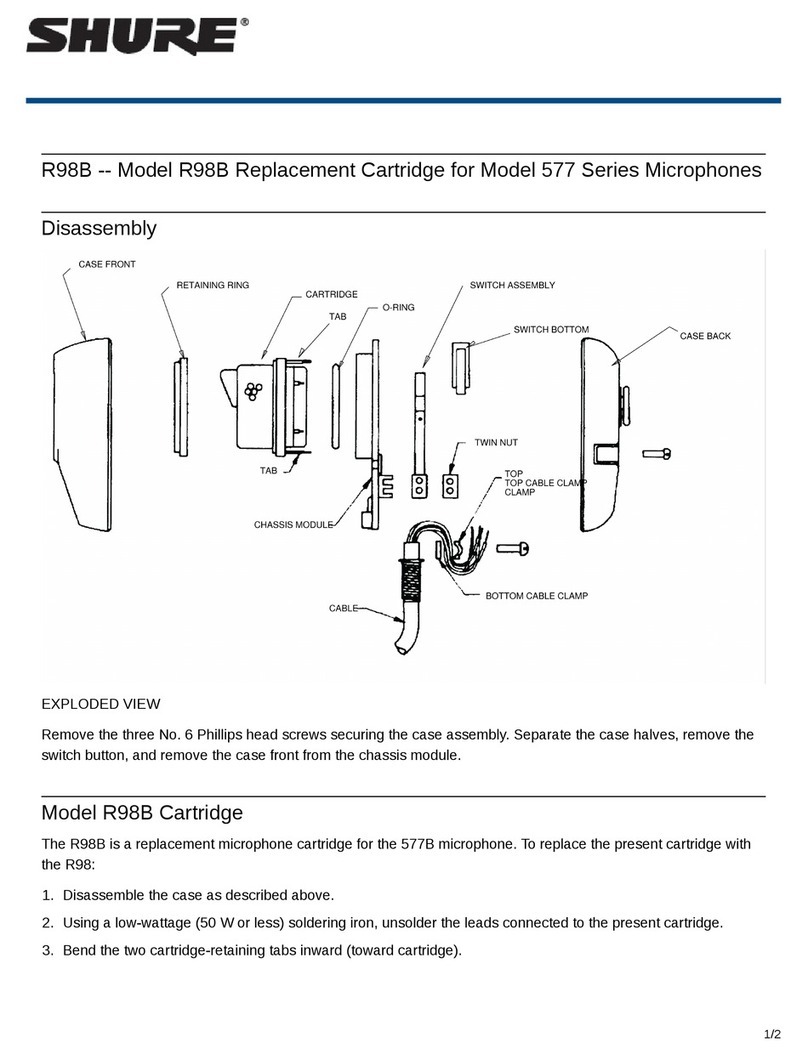
Shure
Shure R98B User manual
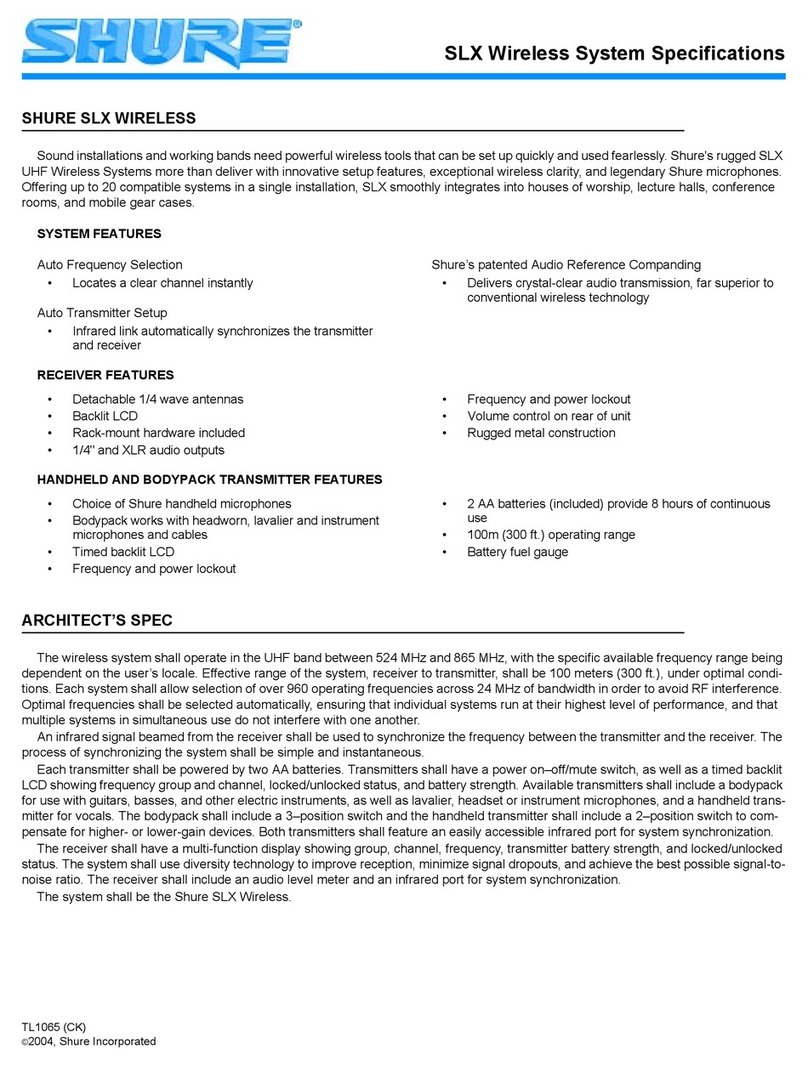
Shure
Shure SLX Wireless System User manual

Shure
Shure GLX-D User manual

Shure
Shure Unf-R User manual
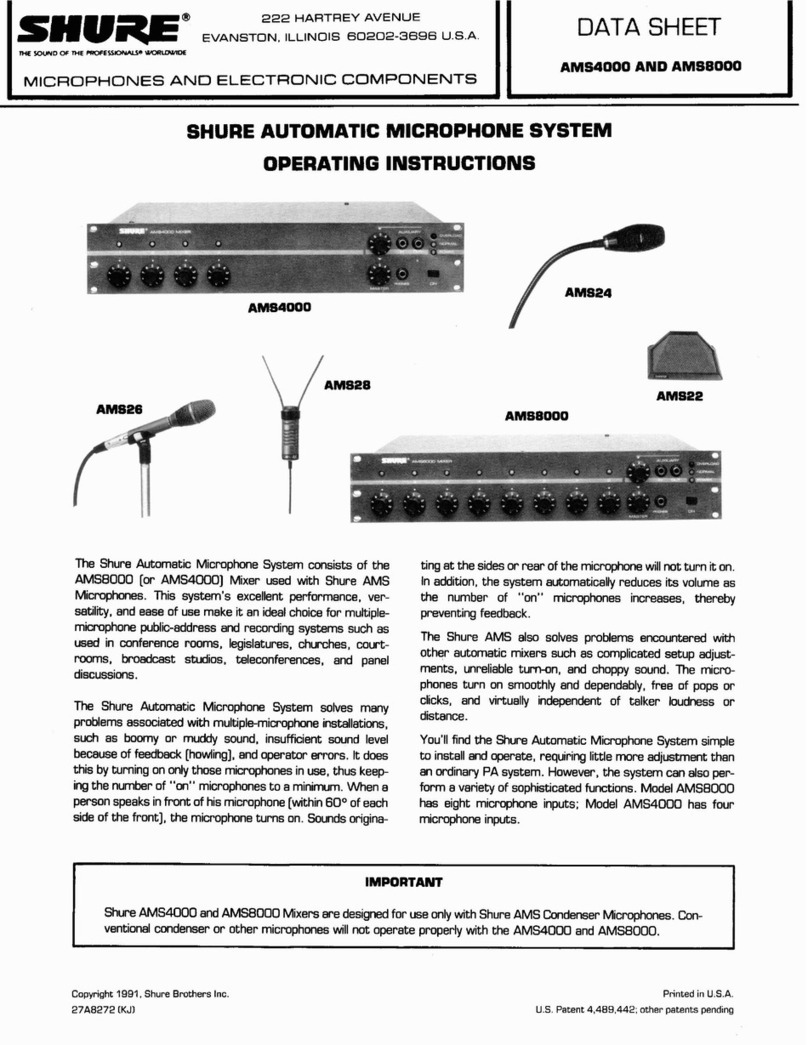
Shure
Shure AMS4000 User manual
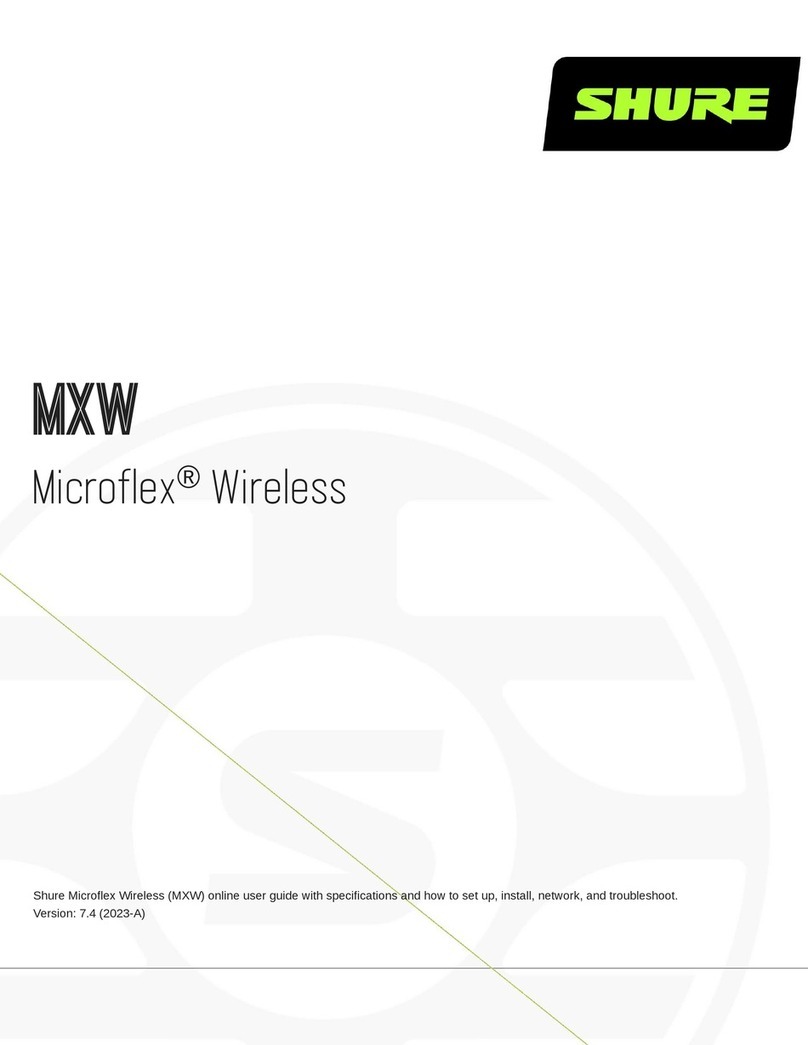
Shure
Shure Microflex MXW User manual

Shure
Shure ULX-D Quad User manual
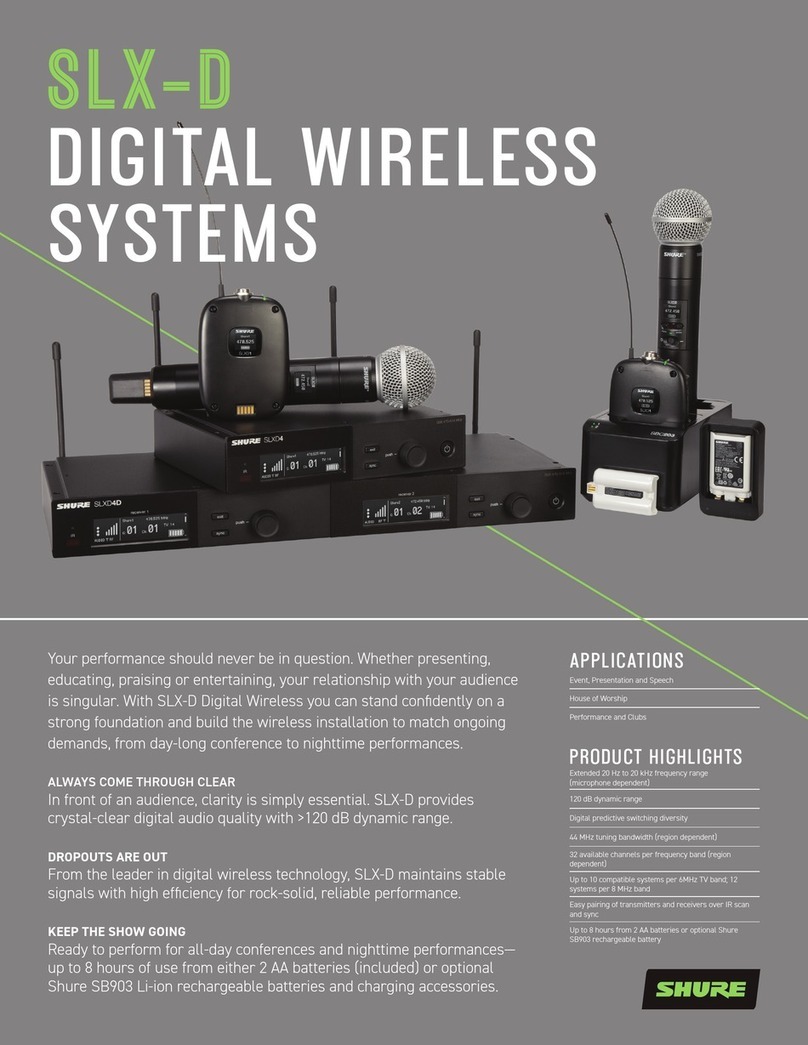
Shure
Shure SLX-D User manual
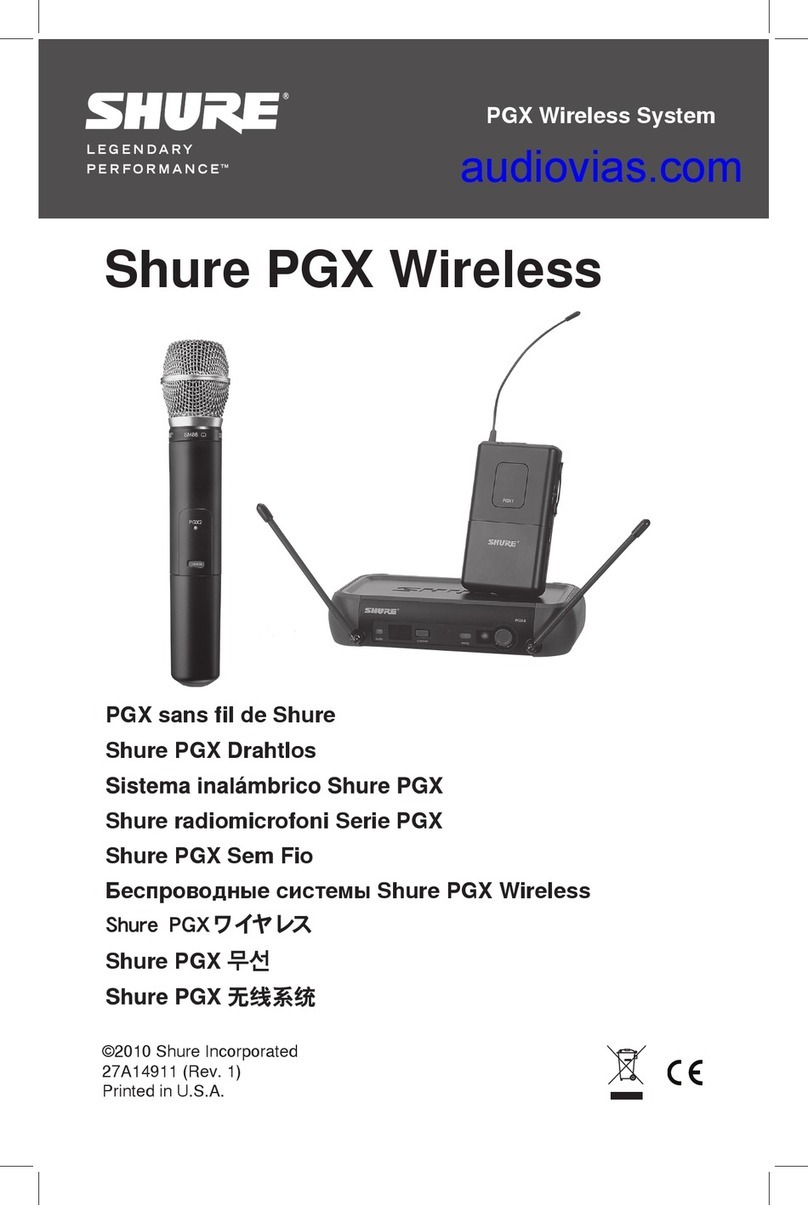
Shure
Shure PGX Wireless System User manual

Shure
Shure QLX-D User manual
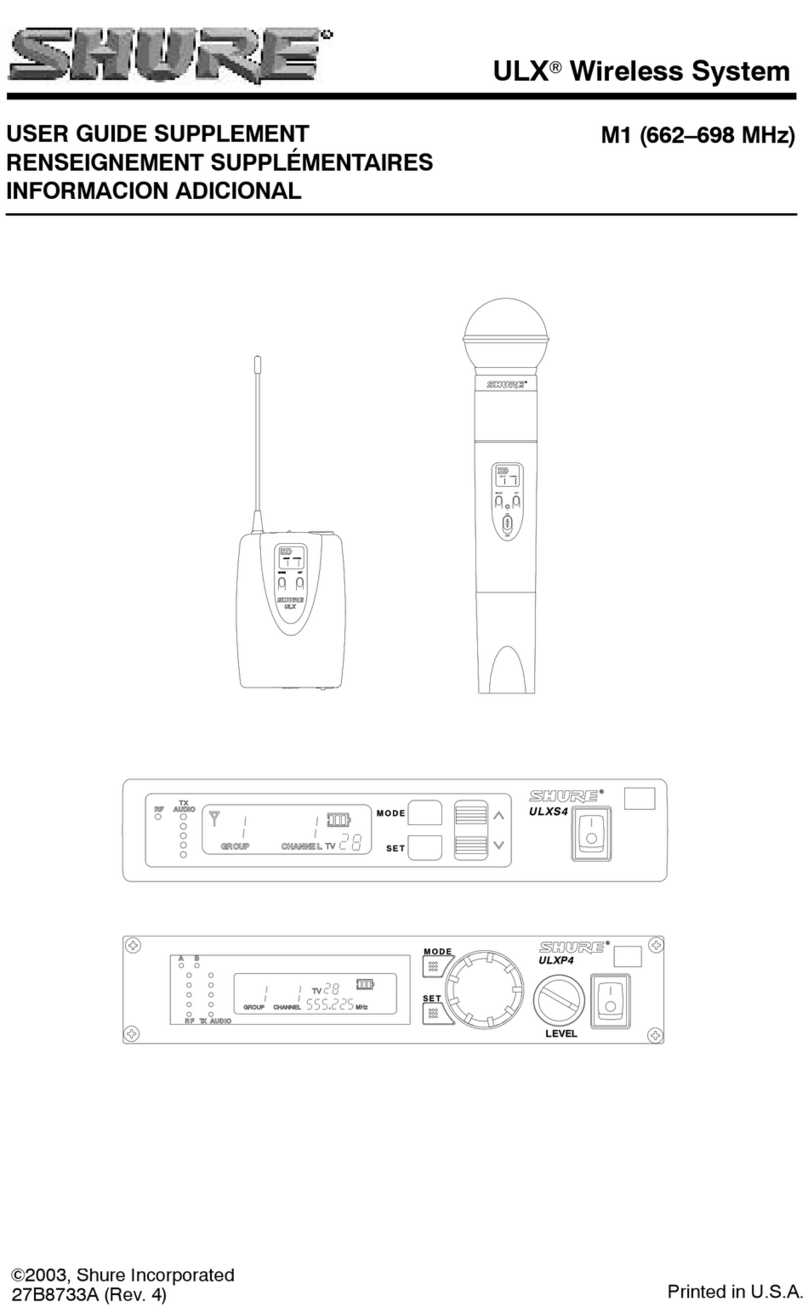
Shure
Shure ULX M1 Owner's manual
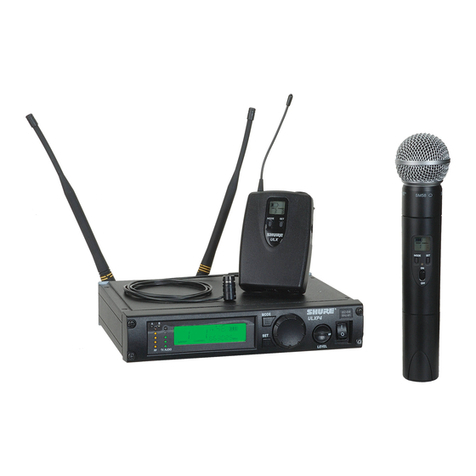
Shure
Shure ULX Wireless System User manual

Shure
Shure R2 Owner's manual

Shure
Shure BLX14E T11 User manual
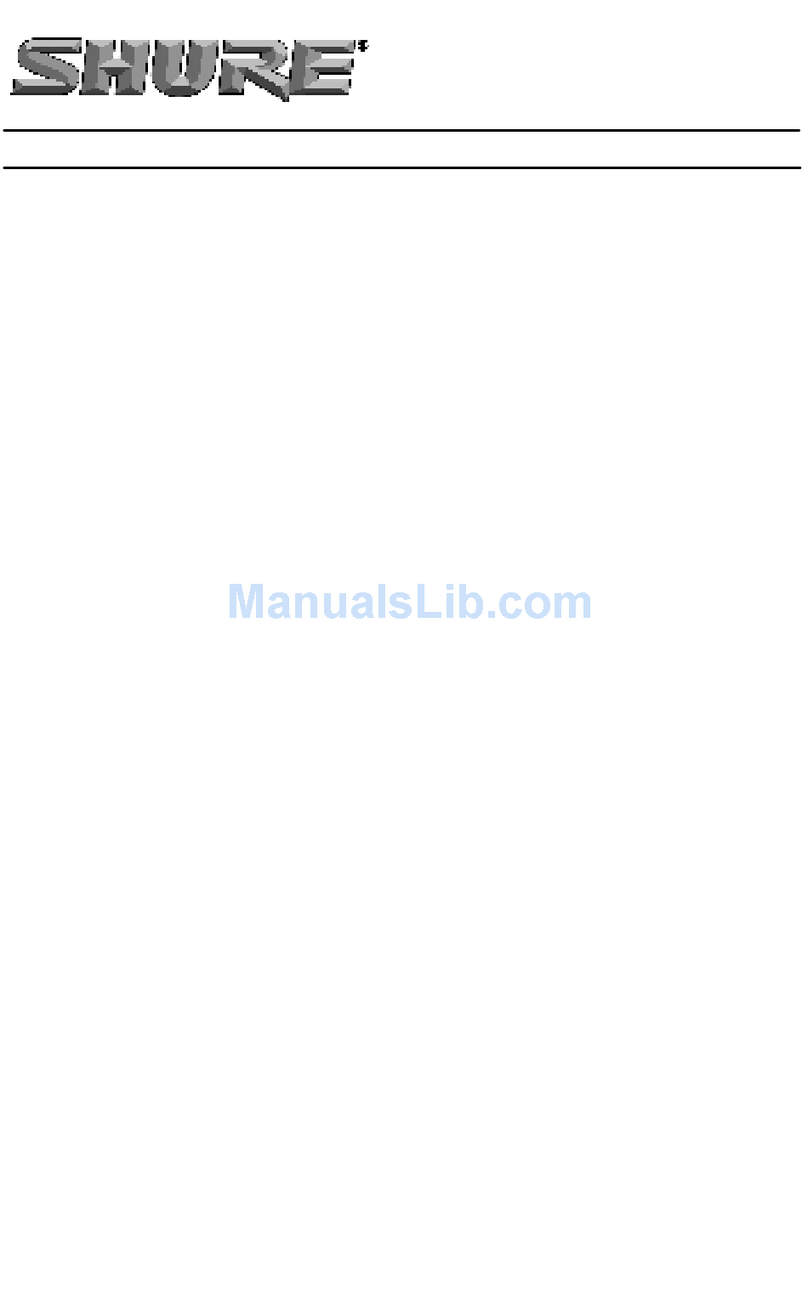
Shure
Shure J4 User manual

Shure
Shure MXWAPT Series Specification sheet
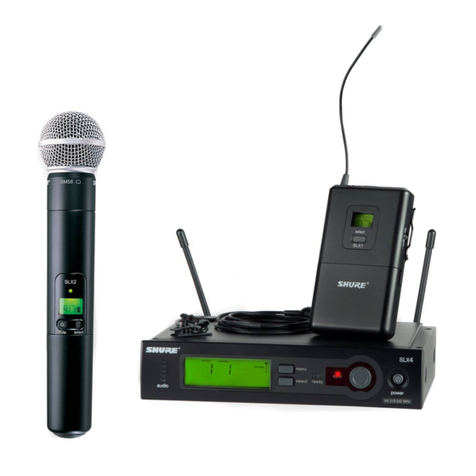
Shure
Shure SLX Wireless System User manual
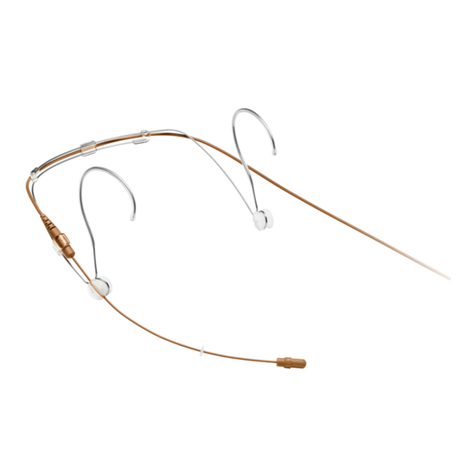
Shure
Shure DuraPlex DH5 User manual
Popular Microphone System manuals by other brands
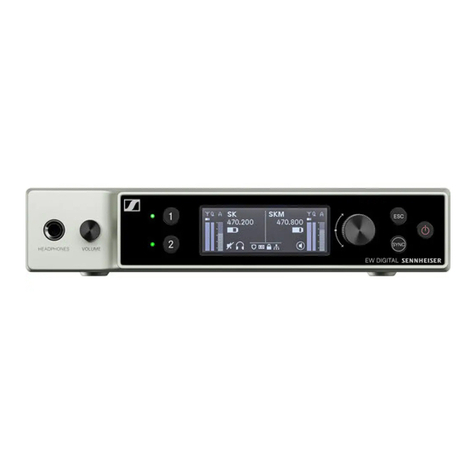
Sennheiser
Sennheiser Evolution Wireless Digital EW-DX EM 2 quick guide
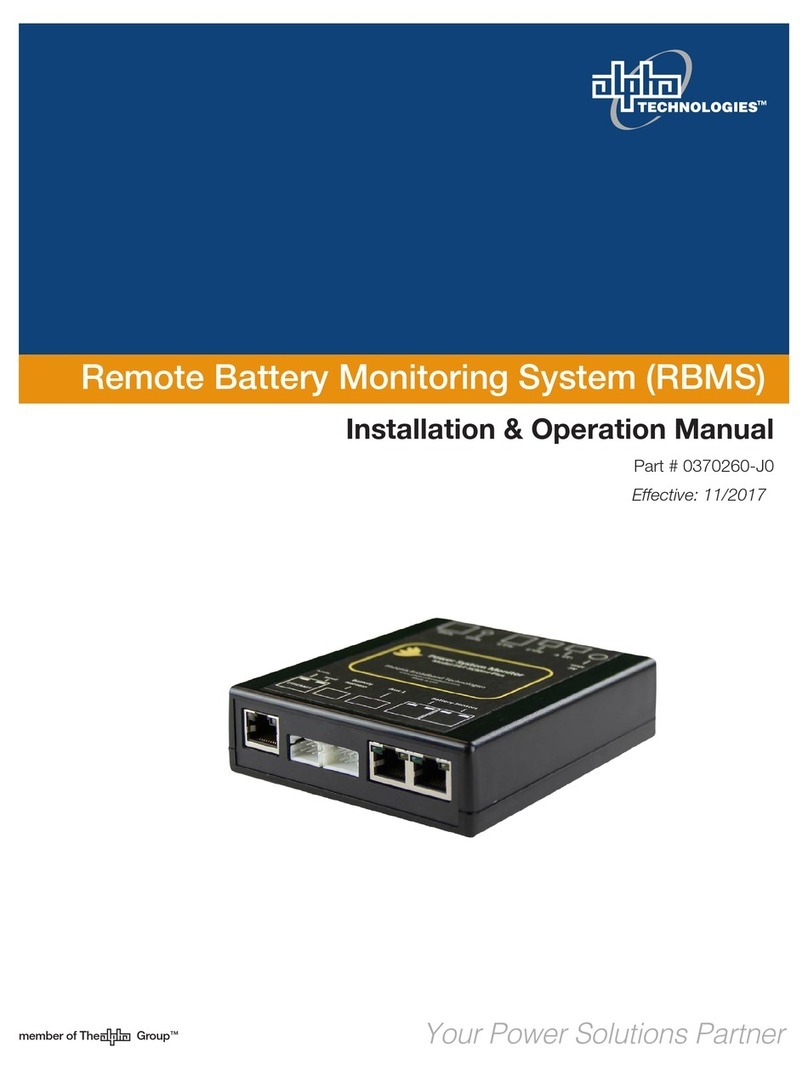
Alpha Technologies
Alpha Technologies RBMS Installation & operation manual
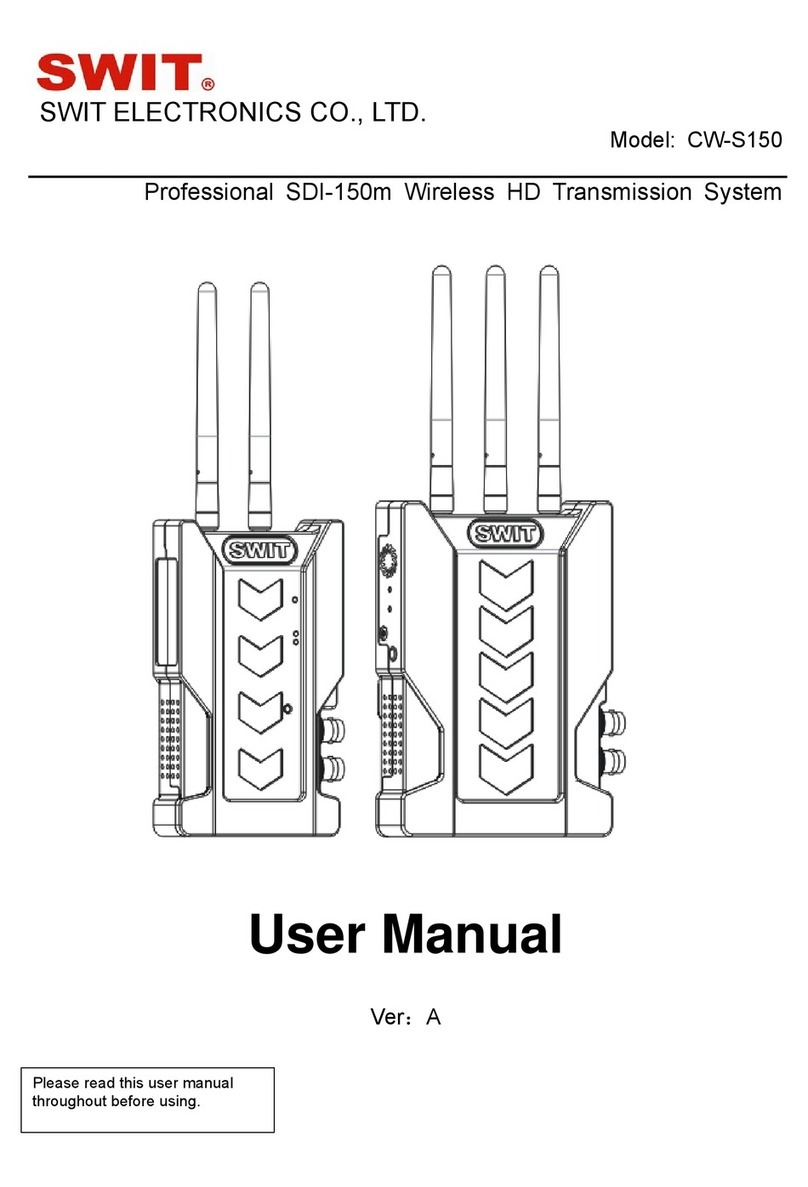
SWIT Electronics Co.,LTD.
SWIT Electronics Co.,LTD. CW-S150 user manual
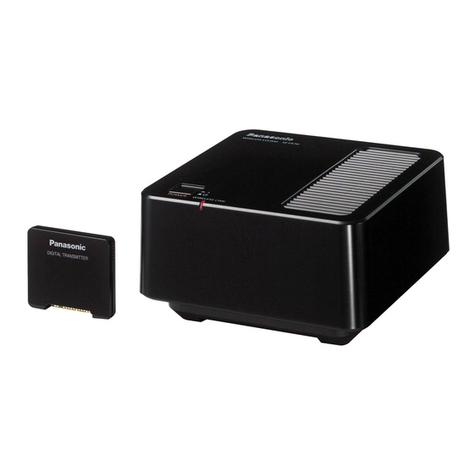
Panasonic
Panasonic SHFX70 - DVD HOME THEATER WIRELESS SYSTEM operating instructions
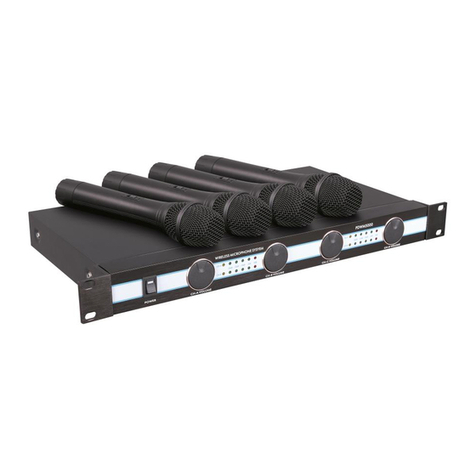
Pyle
Pyle PDWM5000 user manual

Airspan
Airspan AS4000 Installation and commissioning

